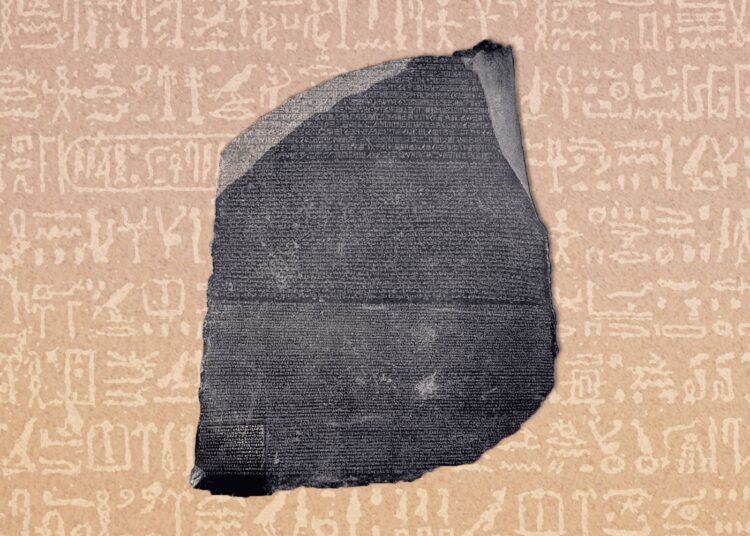Decoding the Ancient Art of War: Unveiling the Tactics of Ancient Armies is an exploration of the tactics and strategies employed by ancient civilizations in warfare. The article highlights the significance of understanding these tactics for historians and enthusiasts, as they provide insights into decision-making processes and the complexities of warfare during that time. It discusses various ancient military strategies used by civilizations such as the Greeks, Romans, and Chinese, and emphasizes the importance of historical accounts and artifacts in decoding these tactics. The article concludes by highlighting the relevance of ancient tactics in modern times and their potential to inform contemporary military strategies.
Decoding the Ancient Art of War: Unveiling the Tactics of Ancient Armies
Ancient Warfare: A Battle of Wits
The ancient art of war is a fascinating subject that has captivated historians and strategists for centuries. Throughout history, various civilizations have developed unique military tactics and strategies to gain the upper hand on the battlefield. Deciphering these tactics can provide valuable insights into the minds of ancient military commanders, shedding light on their decision-making processes and the complexities of warfare during their time.
The Importance of Understanding Ancient Military Tactics
Understanding ancient military tactics is crucial for historians and enthusiasts alike, as it not only allows them to appreciate the intricacies of ancient warfare but also provides valuable lessons that can be applied to modern military strategies. By decoding the tactics employed by ancient armies, we can gain a deeper understanding of how military commanders utilized terrain, logistics, formations, and psychological warfare to outmaneuver and outsmart their adversaries.
Unveiling the Strategies of Ancient Armies
Ancient military strategies varied greatly depending on the time period and civilization in question. For instance, the ancient Greeks, led by renowned generals like Alexander the Great, employed a variety of tactics such as the famous Phalanx formation, which involved a tightly knit infantry formation armed with long spears.
Other civilizations, such as the Romans, were known for their innovative and adaptable strategies. The Roman army, with its superior organization and discipline, utilized techniques like the Testudo or the tortoise formation, in which soldiers lined up in a shield wall formation, providing maximum protection against enemy projectiles.
Ancient Chinese armies, on the other hand, focused heavily on deception and psychological warfare. Strategies like the famous “Empty Fort” tactic, popularized in the novel “Romance of the Three Kingdoms,” involved tricking the enemy into believing a well-fortified position was empty, luring them into a trap.
Deciphering Tactics Through Historical Accounts
Decoding ancient military tactics often relies heavily on historical accounts, writings, and artworks. Ancient texts such as Sun Tzu’s “The Art of War,” Thucydides’ “History of the Peloponnesian War,” and Caesar’s “Commentarii de Bello Gallico” provide valuable firsthand accounts of battles and military strategies employed during their respective eras.
Artifacts, such as ancient battle formations depicted on ancient Greek pottery or ancient Egyptian reliefs, also contribute to our understanding of ancient military tactics. These visual representations offer a glimpse into the mindset and strategies used by ancient armies.
The Relevance of Ancient Tactics in Modern Times
While the battlefield has evolved significantly since ancient times, the underlying principles of warfare remain the same – outsmarting and outmaneuvering the enemy. By studying ancient military tactics, modern strategists can gain valuable insights into the fundamental principles of warfare that apply regardless of the time period or the weapons used.
Furthermore, understanding ancient tactics allows modern military commanders to learn from the successes and failures of their ancient counterparts. This knowledge can help in developing innovative strategies and counter-strategies to tackle the challenges faced on the modern battlefield.
Conclusion
The ancient art of war is a treasure trove of wisdom waiting to be deciphered. By delving into the tactics and strategies employed by ancient armies, we can gain a deeper understanding of the complexities of warfare, appreciate the resourcefulness of ancient military commanders, and learn valuable lessons that can be applied to modern military strategies. The ability to decode the ancient art of war not only enriches our historical knowledge but also equips us with timeless principles to navigate the challenges of the ever-evolving battlefield.












